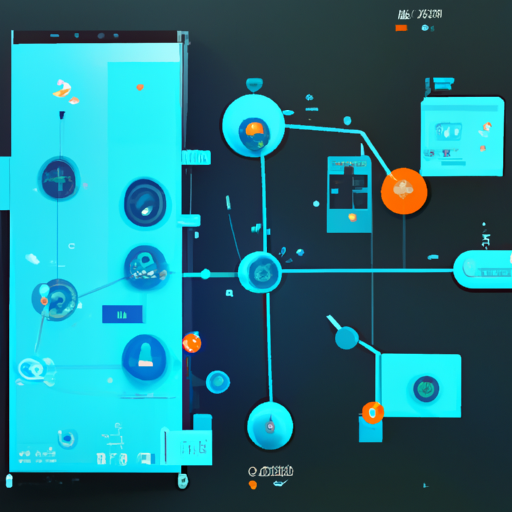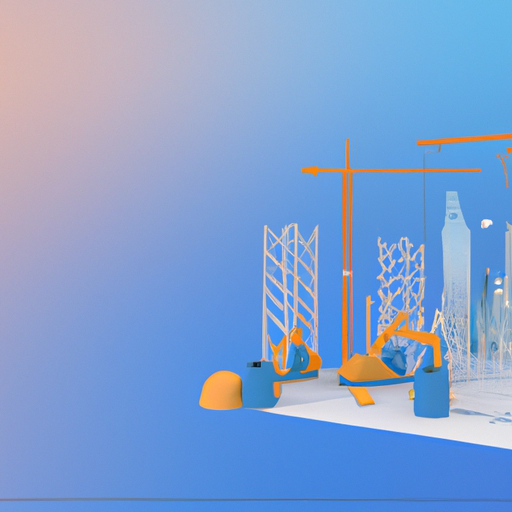“Empowering the Future of Internet: Web3 Development – Your Gateway to Decentralized Apps!”
Exploring the Future of Internet: Web3 Development and Key Tools for Decentralized Apps

The future of the internet is being shaped by a new wave of technological innovation known as Web3. This next-generation internet, also known as the decentralized web, promises to revolutionize the way we interact online by shifting control from centralized authorities to individual users. At the heart of this transformation are decentralized applications, or dApps, which are built using a variety of key tools and frameworks.
Web3 development is a rapidly evolving field, with a host of new tools and frameworks emerging to support the creation of decentralized applications. These tools are designed to facilitate the development process, making it easier for developers to build and deploy dApps on the decentralized web.
One of the most important tools in the Web3 development toolkit is Ethereum, a blockchain-based platform that enables developers to build and deploy smart contracts and dApps. Ethereum provides a robust framework for creating decentralized applications, with a built-in programming language that allows for the execution of complex functions.
Another key tool for Web3 development is Solidity, a statically-typed programming language designed specifically for developing smart contracts on the Ethereum blockchain. Solidity provides developers with a high level of control over the execution of their code, making it an ideal choice for building sophisticated dApps.
In addition to Ethereum and Solidity, there are several other tools and frameworks that are essential for Web3 development. Truffle, for example, is a development environment, testing framework, and asset pipeline for Ethereum, making it easier for developers to build, test, and deploy their dApps.
Web3.js is another crucial tool, providing a collection of libraries that allow developers to interact with a local or remote Ethereum node using HTTP, IPC, or WebSocket. This makes it possible to send transactions, interact with smart contracts, and access the full functionality of the Ethereum blockchain.
IPFS, or InterPlanetary File System, is a protocol and network designed to create a content-addressable, peer-to-peer method of storing and sharing hypermedia in a distributed file system. This is particularly useful in the context of dApps, as it allows for the creation of decentralized websites and applications that are not reliant on a single server.
Finally, MetaMask is a browser extension that allows users to run Ethereum dApps right in their browser without running a full Ethereum node. This makes it easier for users to interact with dApps, as they can do so directly from their web browser.
In conclusion, the future of the internet lies in the hands of Web3 and the development of decentralized applications. The tools and frameworks mentioned above are just a few of the many resources available to developers looking to build on this next-generation internet. As the field continues to evolve, we can expect to see even more innovative tools and frameworks emerge, further facilitating the development of dApps and paving the way for a more decentralized web.



